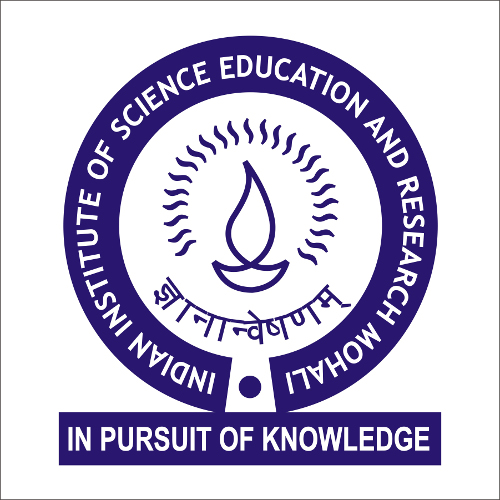Forthcoming Events
Amino Acid-Based Membrane Bursting Molecules to Tackle Bacterial Infections and Resistance
Dr. Mohini Mohan Konai (Faculty Candidate), Tezpur University, Assam
Location : Online
Abstract: Infectious diseases were the primary cause of death prior to the discovery and use of antimicrobial drugs and even today it remains as one of the major killers of mankind. Alongside, the viral disease outbreaks (such as SARS, bird flu, swine flu, Ebola, Nipah, Zika and recently Corona), bacterial infections have apprehended the attention in recent history. The experts in the field say that an even more serious threat to public health may be present in the skyline due to the rampant emergence of antibiotic-resistant bacteria and not due to viral disease. In my talk, I will discuss how different classes of amino acid-based small molecules were rationally developed aiming to tackle this global clinical threat. This class of molecules were prepared by involving simple synthetic strategies, which will be discussed along with their design rationale. Then, the antibacterial potency of this class of compounds will be discussed in detail by demonstrating different in-vitro experiments results (such as MIC assay, haemolytic assay, resistance study, mechanistic investigation, etc.) The efficacy of this class of compounds to kill difficult-to-treat non-dividing bacterial cells and biofilms will also be discussed in addition to in-vivo studies against different mice models of infections. More importantly, this class of compounds were tested against the ex-vivo model of human infections (such as skin-infection and corneal infection) to investigate the real possibility of this class of compounds for the development of future antibacterial agents, which will also be discussed.
References: Konai et al J. Med. Chem. 2014, 57, 9409-9423; Bioconjugate Chem. 2015, 26, 12, 2442–2453; ACS Infect. Dis. 2015, 1, 469-478; Bioconjugate Chem. 2017, 28, 1194-1204; Chem. Eur. J. 2017, 23, 12853 -12860; Chem. Commun. 2018, 54, 4943-4946; ACS Infect. Dis. 2020, 6, 91-99; Chem. Commun. 2020, 56, 2147-2150; ACS Infect. Dis. 2020, 6, 4, 703–714; WO2015136311 A1 [out licensed to Public Health of England].
Meeting ID: 962 4935 6555
Passcode: 623883
References: Konai et al J. Med. Chem. 2014, 57, 9409-9423; Bioconjugate Chem. 2015, 26, 12, 2442–2453; ACS Infect. Dis. 2015, 1, 469-478; Bioconjugate Chem. 2017, 28, 1194-1204; Chem. Eur. J. 2017, 23, 12853 -12860; Chem. Commun. 2018, 54, 4943-4946; ACS Infect. Dis. 2020, 6, 91-99; Chem. Commun. 2020, 56, 2147-2150; ACS Infect. Dis. 2020, 6, 4, 703–714; WO2015136311 A1 [out licensed to Public Health of England].
Meeting ID: 962 4935 6555
Passcode: 623883

